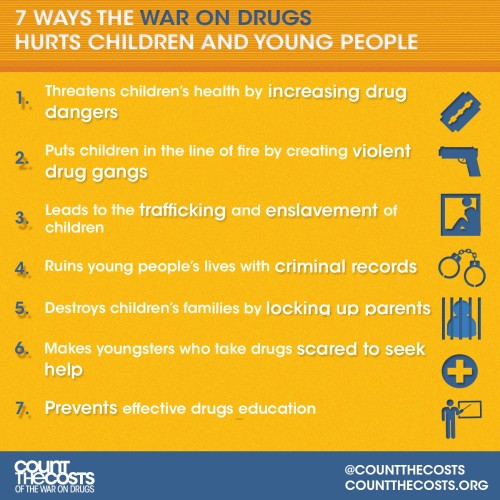We’ve talked a lot over the years about the impact that the drug war has had on the over-incarceration in the U.S. And inevitably someone responds by saying that there aren’t all that many in prison (or state prison, or federal prison, or those convicted of possession only, etc.) as if somehow the fact that not all prisoners were a direct result of the drug war negated the argument.
Here’s an interesting article that sheds a little more light on the subject:
Drug offenders in American prisons: The critical distinction between stock and flow
There is no disputing that incarceration for property and violent crimes is of huge importance to America’s prison population, but the standard analysis—including Alexander’s critics—fails to distinguish between the stock and flow of drug crime-related incarceration. In fact, there are two ways of looking at the prison population as it relates to drug crimes:
- How many people experience incarceration as a result of a drug-related crime over a certain time period?
- What proportion of the prison population at a particular moment in time was imprisoned for a drug-related crime? […]
Snapshot pictures of prison populations tell a misleading story
Violent crimes account for nearly half the prison population at any given time; and drug crimes only one fifth. But drug crimes account for more of the total number of admissions in recent years—almost one third (31 percent), while violent crimes account for one quarter.
Interesting data.


